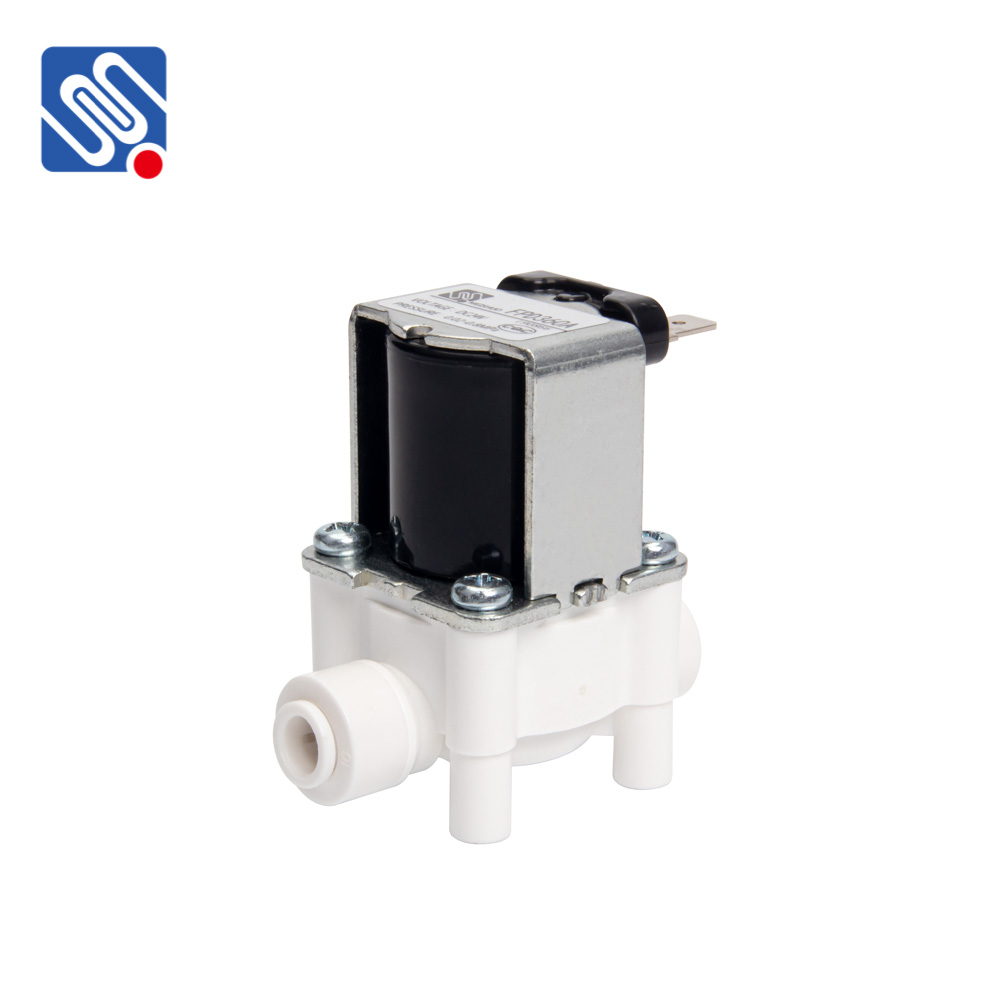Non-toxic solenoid valves have gained significant attention in industries where safety and environmental concerns are paramount. These valves play an essential role in controlling the flow of liquids and gases in systems while ensuring that harmful substances are not introduced into the environment or endanger human health. The increasing demand for non-toxic solutions across various sectors, including food and beverage, pharmaceuticals, and medical industries, underscores the importance of these valves in modern fluid control systems. In this article, we will explore the features, applications, and advantages of non-toxic solenoid valves, and highlight how they contribute to safer, more sustainable operations.

What is a Non-toxic Solenoid Valve? A solenoid valve is an electromechanical device that controls the flow of fluids or gases in a system. It operates by using an electric current to create a magnetic field that moves a plunger, opening or closing the valve. A non-toxic solenoid valve is specifically designed using materials that do not release harmful substances when in contact with the fluid or gas passing through it. These materials can be metals, plastics, or elastomers that meet the required safety and environmental standards for non-toxicity. As a result, these valves help prevent contamination and ensure the safety of the system, workers, and consumers.